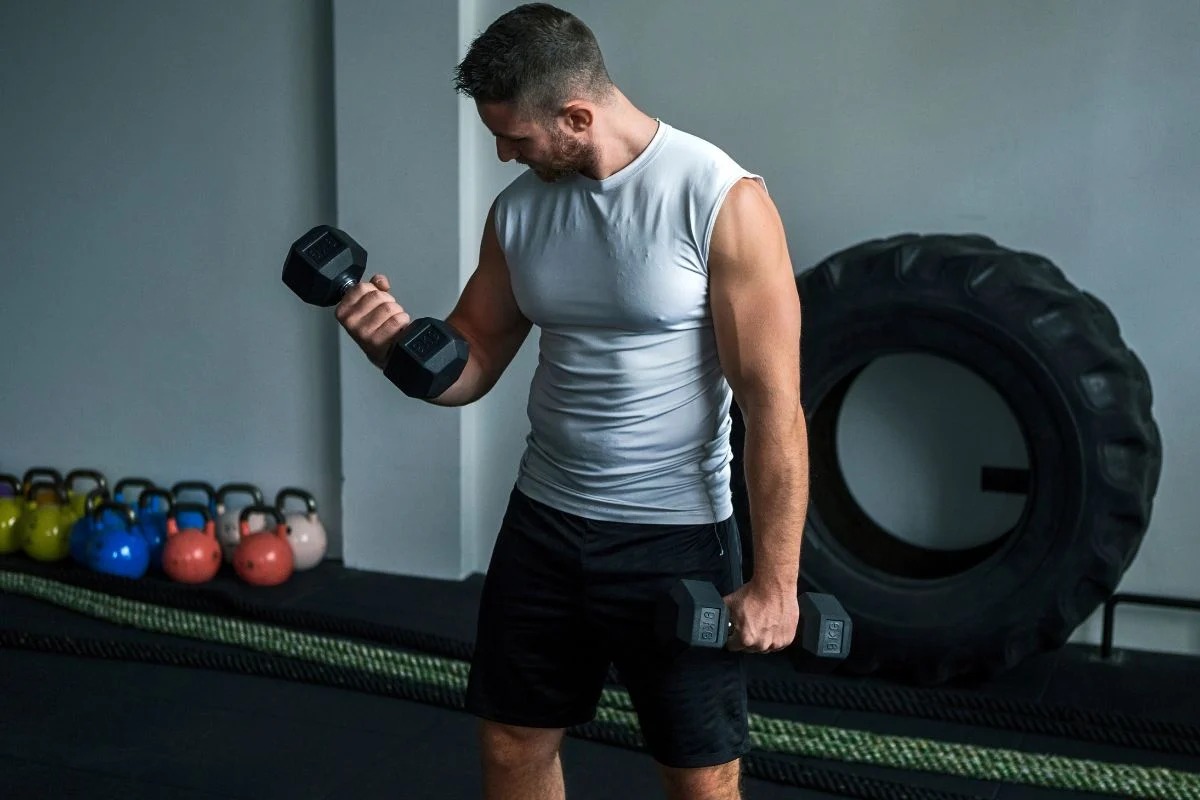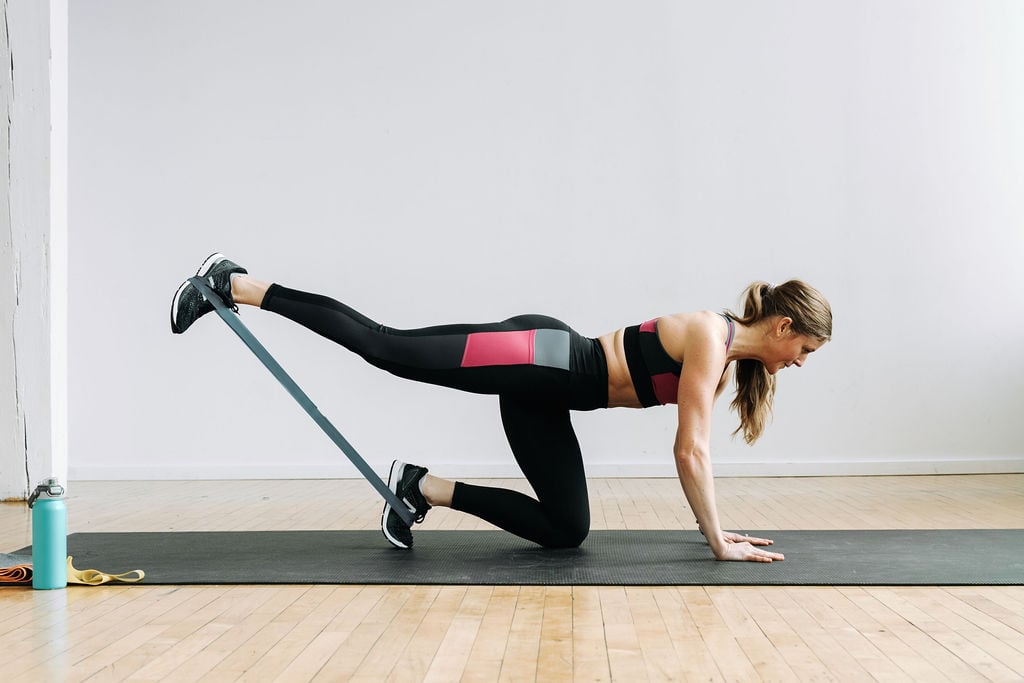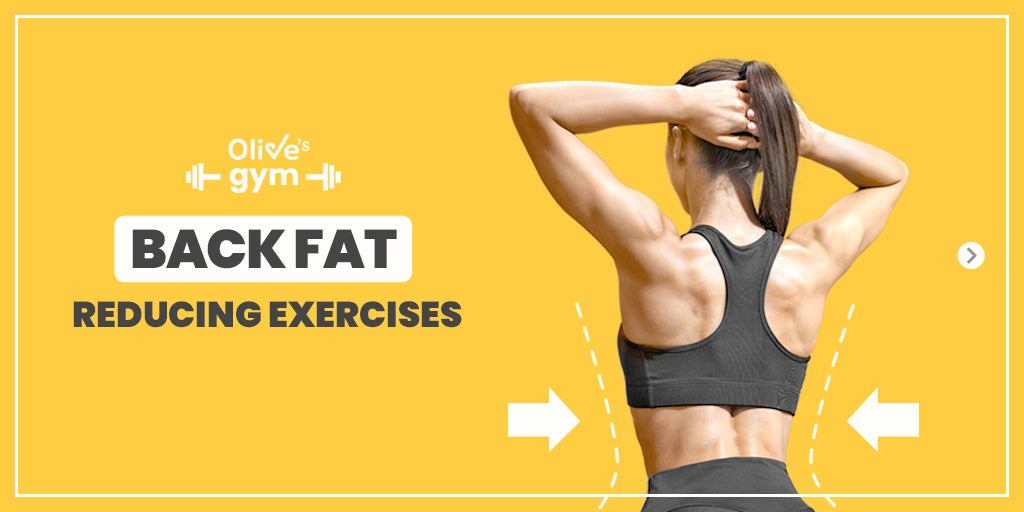Building a strong, well-defined back and powerful biceps is a goal shared by fitness enthusiasts of all levels. Whether you’re working out at home or in the gym, dumbbells offer one of the most versatile and effective tools for developing these crucial upper body muscle groups. This comprehensive guide will walk you through everything you need to know about back and bicep dumbbell workout routines, from anatomy and benefits to specific exercises and programming strategies.
Understanding the Anatomy of Back and Bicep Muscles
Before diving into your back and bicep dumbbell workout, it’s important to understand the muscles you’ll be targeting during your training sessions.
Back Muscle Groups
The back is composed of several major muscle groups that work together to create strength, stability, and that coveted V-taper physique. The latissimus dorsi, commonly known as the lats, are the largest muscles in your back and create width when developed. The trapezius muscles run from your neck down to the middle of your back, contributing to thickness and upper back development. The rhomboids sit between your shoulder blades and are crucial for posture and scapular retraction. Finally, the erector spinae muscles run along your spine and provide essential support for nearly every movement you make.
Bicep Muscle Anatomy
The biceps brachii is actually composed of two heads: the long head and the short head. The long head creates the peak of your bicep when flexed, while the short head contributes to overall bicep thickness. Beneath the biceps lies the brachialis, a muscle that when developed pushes the biceps up, creating a fuller appearance. The brachioradialis, located in the forearm, also plays a significant role in arm development and is heavily engaged during bicep training.
Why Train Back and Biceps Together in One Workout?
Pairing back and biceps in the same workout session is a time-tested approach used by bodybuilders and fitness enthusiasts for decades. This back and bicep dumbbell workout combination makes logical sense for several reasons.
First, the biceps function as secondary movers during most back exercises. When you perform rows, pulldowns, or other pulling movements, your biceps are already heavily involved in the motion. Training them together allows you to maximize this natural synergy and create a more efficient workout.
Second, this pairing follows the pull pattern of movement. Both muscle groups are primarily involved in pulling motions, whether you’re pulling weight toward your body or curling weight up. This creates a cohesive training session where your body moves in complementary patterns.
Third, training these muscles together allows for better recovery scheduling. By dedicating one day to pulling muscles, you can organize your training split more effectively, giving adequate rest to pushing muscles like chest, shoulders, and triceps on other days.
Benefits of Using Dumbbells for Back and Bicep Training
While barbells and machines certainly have their place, dumbbells offer unique advantages that make them ideal for your back and bicep dumbbell workout routine.
Corrects Muscle Imbalances
Dumbbells require each side of your body to work independently, which helps identify and correct muscle imbalances. If your right side is stronger than your left, dumbbells will reveal this immediately, allowing you to address the discrepancy before it becomes a significant problem.
Natural Range of Motion
The freedom of movement that dumbbells provide allows for a more natural range of motion compared to fixed machines. This can lead to better muscle activation and reduced joint stress, as your body can move in the way it was designed to rather than being forced into a predetermined path.
Versatility and Convenience
Dumbbells are incredibly versatile and space-efficient. Whether you’re training at home with a single pair or in a fully equipped gym, you can perform dozens of effective exercises with minimal equipment. This makes them perfect for home workouts or when traveling.
Essential Back Exercises with Dumbbells
Dumbbell Bent-Over Rows
The bent-over row is arguably the king of back exercises with dumbbells. To perform this movement, hinge at the hips with a slight knee bend, keeping your back straight and core engaged. Hold a dumbbell in each hand with arms extended, then pull the weights up toward your hips, squeezing your shoulder blades together at the top. This exercise targets the entire back, with emphasis on the lats, rhomboids, and middle traps.
Focus on keeping your torso stable and avoid using momentum to swing the weights up. The movement should be controlled, with a brief pause at the top of each rep to maximize muscle contraction.
Single-Arm Dumbbell Rows
Single-arm rows allow you to focus on one side at a time while providing support with your opposite hand. Place one knee and hand on a bench, holding a dumbbell in your free hand. Pull the weight up toward your hip, rotating slightly at the top to maximize lat engagement.
This unilateral approach helps correct imbalances and allows for a greater range of motion than bilateral rowing variations. You can also use slightly heavier weights since you’re only moving one dumbbell at a time.
Dumbbell Pullovers
The dumbbell pullover is a unique exercise that bridges the gap between chest and back training, though with proper form it primarily targets the lats. Lie perpendicular across a bench with only your upper back supported, feet planted firmly on the ground. Hold a single dumbbell with both hands above your chest, then lower it back over your head in an arc while keeping a slight bend in your elbows.
This exercise provides an excellent stretch for the lats and can help improve shoulder mobility while building back width.
Dumbbell Shrugs
While simple in execution, dumbbell shrugs are essential for developing the trapezius muscles. Stand with dumbbells at your sides and elevate your shoulders straight up toward your ears, holding briefly at the top before lowering with control.
Avoid rolling your shoulders forward or backward, as this can reduce effectiveness and increase injury risk. Think of the movement as trying to touch your shoulders to your ears with a purely vertical motion.
Dumbbell Romanian Deadlifts
Though often considered a full-body exercise, dumbbell Romanian deadlifts are excellent for developing the entire posterior chain, including the lower back, lats, and traps. Stand with dumbbells at your sides, hinge at the hips while maintaining a neutral spine, and lower the weights toward the ground. Drive through your heels to return to standing, squeezing your glutes at the top.
This movement builds functional strength and thickness throughout your back while also engaging your hamstrings and glutes.
Dumbbell Reverse Flyes
Reverse flyes target the rear deltoids and upper back muscles. Hinge forward at the hips, keeping your back flat, and hold dumbbells beneath your chest. Raise the weights out to the sides in an arc, squeezing your shoulder blades together at the top of the movement.
This exercise is crucial for balanced shoulder development and improved posture.
Essential Bicep Exercises with Dumbbells
Dumbbell Bicep Curls
The standard dumbbell curl is the foundation of any back and bicep dumbbell workout. Stand with dumbbells at your sides, palms facing forward, and curl the weights up while keeping your elbows stationary. Squeeze at the top, then lower with control.
The beauty of dumbbell curls lies in their simplicity and effectiveness. Focus on eliminating momentum and really feeling the biceps work throughout the entire range of motion.
Hammer Curls
Hammer curls are performed with a neutral grip, where your palms face each other throughout the movement. This variation places greater emphasis on the brachialis and brachioradialis, contributing to overall arm thickness and forearm development.
The technique is similar to standard curls, but the neutral grip changes the muscle recruitment pattern and can often allow you to handle slightly more weight.
Incline Dumbbell Curls
By performing curls on an incline bench, you place the biceps in a stretched position at the start of the movement, which can enhance muscle growth. Set a bench to a 45-60 degree angle, sit back with dumbbells hanging at your sides, and curl with palms facing forward.
This variation particularly targets the long head of the biceps, helping to build that coveted bicep peak.
Concentration Curls
Concentration curls isolate the biceps by eliminating momentum and providing stability. Sit on a bench, place your elbow against the inside of your thigh, and curl the dumbbell up while focusing entirely on the bicep contraction.
This exercise is excellent for developing the mind-muscle connection and finishing your bicep training with targeted isolation work.
Zottman Curls
The Zottman curl is a unique exercise that trains both the biceps and forearms in a single movement. Curl the dumbbells up with palms facing forward, then rotate your wrists at the top so palms face down, and lower in this pronated position.
This variation provides comprehensive arm development by targeting different muscles during the lifting and lowering phases.
Alternating Dumbbell Curls
Alternating curls allow you to focus on one arm at a time while maintaining core stability. This variation can help you achieve better concentration on each bicep and often allows for slightly stricter form than simultaneous curls.
Sample Back and Bicep Dumbbell Workout Routine
Here’s an effective back and bicep dumbbell workout structure you can follow:
Warm-Up (5-10 minutes)
Light cardio and dynamic stretching, plus one or two light sets of rows and curls to prepare the muscles and increase blood flow.
Back Exercise Routine
Dumbbell Bent-Over Rows: 4 sets of 8-12 reps Target the entire back with this compound movement, focusing on squeezing your shoulder blades together.
Single-Arm Dumbbell Rows: 3 sets of 10-12 reps per arm Build unilateral strength and correct any muscle imbalances between sides.
Dumbbell Pullovers: 3 sets of 12-15 reps Stretch and engage the lats for improved back width and shoulder mobility.
Dumbbell Shrugs: 3 sets of 12-15 reps Develop thick, powerful trapezius muscles for upper back mass.
Dumbbell Romanian Deadlifts: 3 sets of 8-10 reps Build posterior chain strength and lower back stability.
Bicep Exercise Routine
Dumbbell Bicep Curls: 4 sets of 10-12 reps The foundation of bicep training for building overall arm size.
Hammer Curls: 3 sets of 10-12 reps Target the brachialis and brachioradialis for complete arm development.
Incline Dumbbell Curls: 3 sets of 12-15 reps Emphasize the long head of the biceps for a pronounced peak.
Concentration Curls: 2 sets of 12-15 reps per arm Finish with strict isolation work for maximum bicep contraction.
Rest 60-90 seconds between sets, and 2-3 minutes between exercises if needed for complete recovery.
Programming and Progression for Your Back and Bicep Dumbbell Workout
Progressive Overload Principles
To continue making progress with your back and bicep dumbbell workout, you need to implement progressive overload. This means gradually increasing the demands placed on your muscles over time. You can achieve this by adding weight to your dumbbells, increasing the number of reps you perform, adding more sets, or decreasing rest time between sets.
Training Frequency Guidelines
Training frequency matters significantly for optimal results. Most people will see excellent results training back and biceps once or twice per week. If training twice weekly, ensure you have at least 48-72 hours between sessions to allow for adequate recovery and muscle growth.
Volume Recommendations
Volume considerations are important for maximizing your back and bicep dumbbell workout effectiveness. Beginners should start with lower volumes (around 10-12 sets per muscle group per week) and gradually increase as they adapt. More advanced trainees might benefit from 15-20+ sets per muscle group per week, depending on their recovery capacity and training experience.
Periodization Strategy
Consider implementing periodization into your training. This might mean having heavier weeks with lower reps (6-8 reps), moderate weeks with medium reps (8-12 reps), and lighter weeks with higher reps (12-15 reps). This variation prevents plateaus and keeps your muscles adapting.
Common Mistakes to Avoid in Back and Bicep Training
Using Excessive Momentum
Using momentum is perhaps the most common mistake in any back and bicep dumbbell workout. Swinging weights or using your body to generate force takes tension off the target muscles. Keep movements controlled and deliberate for maximum effectiveness.
Neglecting the Eccentric Phase
Neglecting the eccentric phase, or the lowering portion of each exercise, means missing out on significant muscle growth stimulus. Lower weights with control rather than letting them drop quickly. The eccentric phase can be just as important as the concentric phase for building muscle.
Sacrificing Form for Weight
Poor form in pursuit of heavier weights is counterproductive and increases injury risk. Master proper technique with lighter weights before progressing to heavier loads. Quality repetitions always trump quantity or weight.
Poor Mind-Muscle Connection
Insufficient back engagement is another issue, especially on rowing movements. Many people pull with their arms rather than initiating the movement with their back muscles. Think about pulling your elbows back and squeezing your shoulder blades together. Develop a strong mind-muscle connection for better results.
Inadequate Warm-Up
Skipping or rushing through your warm-up increases injury risk and reduces workout effectiveness. Always dedicate 5-10 minutes to preparing your body for the demands of your back and bicep dumbbell workout.
Recovery and Nutrition for Optimal Muscle Growth
Importance of Sleep
Training is only one part of the equation. Your muscles grow during recovery, not during the workout itself. Ensure you’re getting adequate sleep, typically 7-9 hours per night, as this is when most muscle repair and growth occurs. Quality sleep optimizes hormone production and accelerates recovery.
Protein Requirements
Nutrition plays a crucial role in supporting your back and bicep dumbbell workout results. Consume adequate protein (around 0.7-1 gram per pound of body weight daily) to support muscle repair and growth. Spread protein intake throughout the day for optimal muscle protein synthesis.
Macronutrient Balance
Don’t neglect carbohydrates and healthy fats either, as they provide energy for intense training and support overall health. Carbohydrates fuel your workouts and replenish glycogen stores, while healthy fats support hormone production and reduce inflammation.
Hydration Strategy
Hydration is often overlooked but essential for optimal performance and recovery. Aim for at least half your body weight in ounces of water daily, more if you’re training intensely or in hot conditions. Proper hydration improves strength, endurance, and muscle recovery.
Supplementation Considerations
While not necessary, certain supplements can support your training. Creatine monohydrate can improve strength and muscle mass. Protein powder offers convenient protein intake. Beta-alanine may enhance workout endurance. Always prioritize whole foods first, using supplements to fill gaps.
Advanced Training Techniques for Back and Bicep Development
Drop Sets
Drop sets involve performing an exercise to failure, then immediately reducing the weight and continuing. This technique increases time under tension and can stimulate additional muscle growth in your back and bicep dumbbell workout.
Supersets
Supersets pair two exercises back-to-back with no rest. You might superset a back exercise with a bicep exercise, or pair two back exercises together. This increases workout density and metabolic stress.
Tempo Training
Manipulating the tempo of your repetitions can increase time under tension. Try a 3-1-3-1 tempo (3 seconds lowering, 1 second pause, 3 seconds lifting, 1 second pause) to make lighter weights feel significantly harder.
Rest-Pause Sets
Rest-pause training involves performing a set to near failure, resting 10-15 seconds, then continuing for additional reps. This technique allows you to squeeze out extra repetitions and push your muscles beyond normal failure points.
Creating a Balanced Training Split
Your back and bicep dumbbell workout should fit into a well-designed weekly training split. Here are common approaches:
Push/Pull/Legs Split: Train back and biceps on pull day, chest, shoulders, and triceps on push day, and legs on leg day. Repeat twice per week for a 6-day training schedule.
Upper/Lower Split: Combine back and biceps with other upper body muscles, alternating with lower body days. This works well for 4-day training schedules.
Body Part Split: Dedicate one day to back and biceps, with separate days for chest, shoulders, arms, and legs. This traditional bodybuilding approach works well for 5-6 day training schedules.
Tracking Progress and Making Adjustments
Monitor your progress regularly to ensure your back and bicep dumbbell workout is effective. Keep a training log tracking weights, sets, reps, and how exercises feel. Take progress photos every 4-6 weeks and measure your arms and back. Track strength increases on key exercises.
If progress stalls, consider adjusting training volume, increasing or decreasing training frequency, modifying exercise selection, or implementing deload weeks. Your body adapts to training stress, so periodic changes keep progress moving forward.
Frequently Asked Questions
How often should I do a back and bicep dumbbell workout?
Most people see optimal results training back and biceps 1-2 times per week. Once weekly works well for beginners or those doing full-body training, while twice weekly can benefit intermediate and advanced lifters. Ensure you have at least 48-72 hours between back and bicep sessions for adequate recovery.
Can I build muscle with just dumbbells for back and biceps?
Absolutely! Dumbbells are highly effective for building both back and bicep muscle. The key is progressive overload—gradually increasing weight, reps, or sets over time. Many successful bodybuilders and fitness enthusiasts have built impressive physiques using primarily dumbbell exercises.
What weight dumbbells should I use for back and bicep exercises?
Choose weights that allow you to complete your target rep range with good form while reaching near failure on the last 1-2 reps. For back exercises, you’ll typically use heavier weights (20-50+ pounds per dumbbell) than for bicep exercises (15-35 pounds per dumbbell). Start lighter to master form, then progressively increase weight.
How long should a back and bicep dumbbell workout take?
An effective back and bicep dumbbell workout typically takes 45-75 minutes, including warm-up. This allows sufficient time for 5-7 back exercises and 3-4 bicep exercises with adequate rest between sets. Quality matters more than duration—focus on intense, focused training rather than unnecessarily long sessions.
Should I train back or biceps first?
Generally, train back before biceps since back exercises are more demanding and require more energy. Your biceps assist during back work, so they’ll already be warmed up when you move to direct bicep training. However, if biceps are a weakness, occasionally training them first can help prioritize their development.
Can beginners do a back and bicep dumbbell workout?
Yes! A back and bicep dumbbell workout is suitable for beginners. Start with lighter weights to learn proper form, focus on 2-3 exercises per muscle group, and keep volume moderate (8-12 sets per muscle group weekly). As you progress, gradually increase weight, volume, and exercise variety.
What’s the best rep range for back and bicep growth?
For muscle growth (hypertrophy), the optimal rep range is typically 8-12 reps per set for most exercises. However, incorporating variety helps—include some heavier sets (6-8 reps) for strength and lighter sets (12-15 reps) for muscular endurance. This varied approach stimulates all muscle fibers and prevents adaptation.
Do I need a gym membership for back and bicep dumbbell workouts?
No gym membership is required! You can perform highly effective back and bicep dumbbell workouts at home with just a set of adjustable dumbbells and optionally a bench. Many people achieve excellent results training at home. The key is consistency, progressive overload, and proper nutrition—not expensive gym equipment.
Conclusion
A well-designed back and bicep dumbbell workout offers an efficient, effective approach to building upper body strength and aesthetics. The combination of compound back movements with targeted bicep isolation creates a comprehensive training session that maximizes muscle growth while respecting the body’s natural movement patterns.
Remember that consistency trumps intensity in the long run. Focus on progressive overload, maintain proper form, fuel your body appropriately, and give yourself adequate recovery time. Whether you’re a beginner just starting your fitness journey or an experienced lifter looking to refine your approach, the principles and exercises outlined in this guide will serve you well.
Start with manageable weights, master the technique of each exercise, and gradually increase the challenge as you grow stronger. Your back and biceps will respond with increased size, strength, and definition, contributing to both your physical appearance and functional capabilities in daily life. The journey to a stronger, more muscular upper body begins with that first rep—so grab your dumbbells and start your back and bicep dumbbell workout today!




